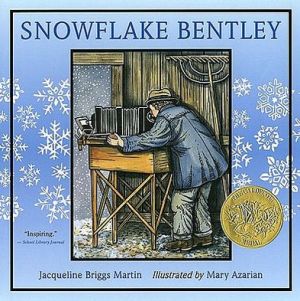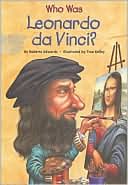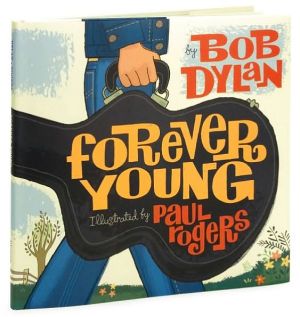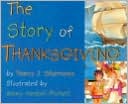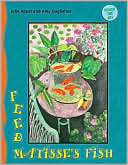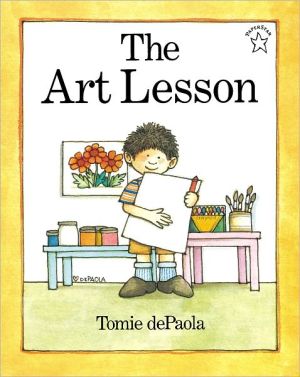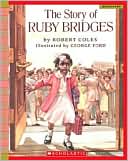Bigmama's
When the train arrived in Cottondale, the summer at Bigmama's house in Florida began. Donald Crews brilliantly evokes the sights, sounds, and emotions of a memorable childhood experience. "A very special book by a superb artist and storyteller."—Horn Book.\ Author Biography: Donald Crews is the renowned creator of two Caldecott Honor books, Freight Train and Truck. Among his other enormously popular books are such favorites as Night at the Fair, Sail Away, Bigmama's, Shortcut, and School Bus....
Search in google:
When the train arrived in Cottondale, the summer at Bigmama's house in Florida began. Donald Crews brilliantly evokes the sights, sounds, and emotions of a memorable childhood experience. "A very special book by a superb artist and storyteller."—Horn Book.Publishers WeeklyCrews's first book in five years is a departure for this gifted author/artist, and a truly joyous celebration. In his dynamic tale of family togetherness, an African American man recalls boyhood summers spent at his grandmother's rural home in Florida. Each year the vacation began with an adventurous three-day train ride to Bigmama's (``Not that she was big, but she was Mama's mama'') in Cottondale. The hot, hazy months that followed were filled with relatives, fishing and good times. A backyard coop ``where Sunday dinner's chicken spent its last days,'' the barn and pond all begged to be explored by rambunctious visitors. Even the stars shone brighter in the night sky at this wondrous place. Like the title character so lovingly depicted within, the book's jacket is warm and enticing--vibrant, boldly outlined letters draw readers into a fragrant slice of Americana. Crews's rich earth tones perfectly portray the rustic life of this bygone era, while the lanky, barefoot children embody the relaxed--and utterly relaxing--freedom of summer. In the manner of exemplary works for children, Bigmama's works splendidly on more than one level. The evocative text provides plenty of action to interest younger readers and--for their parents--the nostalgic tone cannot fail to lovingly recall carefree days long past. Reality, in the form of a present-day metropolis viewed through a window, brings the story to an appropriate close, as the narrator, older and bearded, ``even now'' longs to recapture the essence of enchantment that was found at Bigmama's. Ages 4-up. (Oct.) .
\ Publishers Weekly\ - Publisher's Weekly\ Crews's first book in five years is a departure for this gifted author/artist, and a truly joyous celebration. In his dynamic tale of family togetherness, an African American man recalls boyhood summers spent at his grandmother's rural home in Florida. Each year the vacation began with an adventurous three-day train ride to Bigmama's (``Not that she was big, but she was Mama's mama'') in Cottondale. The hot, hazy months that followed were filled with relatives, fishing and good times. A backyard coop ``where Sunday dinner's chicken spent its last days,'' the barn and pond all begged to be explored by rambunctious visitors. Even the stars shone brighter in the night sky at this wondrous place. Like the title character so lovingly depicted within, the book's jacket is warm and enticing--vibrant, boldly outlined letters draw readers into a fragrant slice of Americana. Crews's rich earth tones perfectly portray the rustic life of this bygone era, while the lanky, barefoot children embody the relaxed--and utterly relaxing--freedom of summer. In the manner of exemplary works for children, Bigmama's works splendidly on more than one level. The evocative text provides plenty of action to interest younger readers and--for their parents--the nostalgic tone cannot fail to lovingly recall carefree days long past. Reality, in the form of a present-day metropolis viewed through a window, brings the story to an appropriate close, as the narrator, older and bearded, ``even now'' longs to recapture the essence of enchantment that was found at Bigmama's. Ages 4-up. (Oct.) .\ \ \ \ \ Children's Literature\ - Beverly Kobrin\ Artist/author Donald Crews lovingly portrays the halcyon summers of his youth, when his mom, brother, and sisters visited his Bigmama's grandmother's home in Cottondale, Florida. He recaptures the wonderful sense of freedom that comes with the shedding of shoes, the subsequent rush to renew acquaintance with every nook, cranny and creature around the farm after a long absence, and the marvelous family meals where uncles, aunts, cousins-the whole family-gathered to catch up after the year apart. 1998 orig.\ \ \ Children's Literature\ - Marilyn Courtot\ The family is heading out for its annual summer trip to Bigmama's. The name honors her place in the family as a grandmother, not her size. The farm, which is set in Cottondale somewhere in the south, has no running water or air conditioning. The kids hunt for eggs, dig worms for fishing, and have a great time. The best part of all are the evenings when the extended family gathers together to catch up on their respective lives and to enjoy each others company. It is a celebration of a quieter time, and a celebration of family. 1998 (orig.\ \ \ \ \ School Library JournalGr 1-4-- In this very appealing picture-book reminiscence, Crews invites readers to journey back to his childhood. Four African-American children and their mother travel by train to visit grandparents in a rural town. When the family reaches its destination, the children inspect each room of the house. Outside, they investigate the yard, the toolshed, the barn, the stable, and, finally, the pond. To their everlasting delight and satisfaction, they see that everything is ``still the same.'' Crews departs from the graphic style employed so memorably in Freight Train (1978) and Parade (1983, both Greenwillow). His watercolor and goache illustrations are an attractive blend of simplicity and sophistication. His expertise is evident throughout. Characters are placed in their setting with utmost consideration, and are dressed in colors that create a sort of ``warm rainbow'' scattered about the farm and the happy household. This offering is intended for a somewhat older audience than Crews's earlier works, and will work well in classrooms. It is similar in mood and content to James Stevenson's When I Was Nine (Greenwillow, 1986) and Cynthia Rylant's When I Was Young in the Mountains (Dutton, 1982). A wonderful selection for family story times. --Eve Larkin, Chicago Public Library\ \

